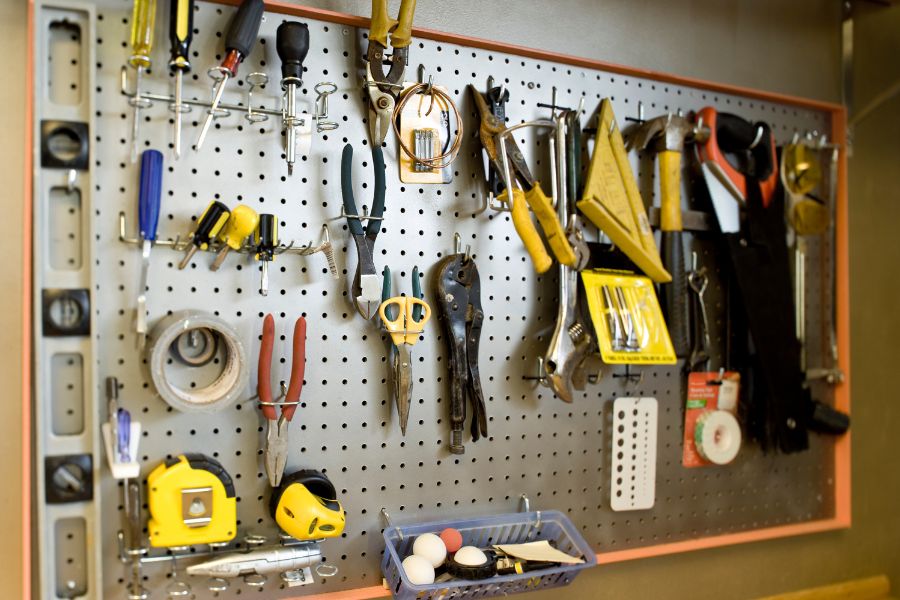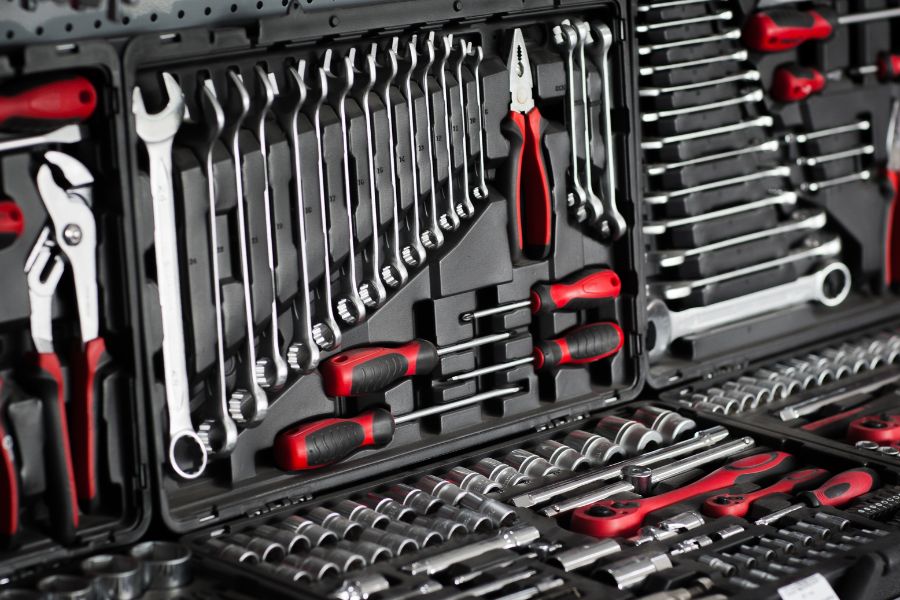How to Properly Maintain and Store Your Tools
Taking care of your tools isn’t just about keeping them shiny and organized; it’s about making sure they’re always ready to work as hard as you do. Whether you’re a seasoned pro or a DIY beginner, knowing how to properly maintain and store your tools is key to keeping them in top shape and safe to use. In this guide, we’ll walk you through some smart, simple strategies to extend the life of your tools and keep them performing at their best. After all, a well-maintained tool is like a trusty sidekick—you want it ready to go whenever adventure (or a home improvement project) calls!
Importance of Tool Maintenance
Why Maintenance Matters
Taking care of your tools isn’t just about keeping them looking good; it’s about ensuring they perform well when you need them most. Regular maintenance helps prevent tool failure, extends their lifespan, and can save you from costly repairs down the line. By keeping your tools in top shape, you’re also avoiding potential disasters that could derail your projects.
Benefits of Proper Storage
Storing your tools properly does more than just keep them organized—it keeps them in good working condition by preventing damage and rust. When your tools are stored correctly, it’s easier to find what you need quickly, which boosts your efficiency on the job and ensures that every tool is ready to go when you are.
Tool Maintenance Tips
Cleaning Equipment
- Hand Tools: Start by wiping your hand tools with a rag to remove any debris. If there’s stubborn dirt, use a brush and mild soap to clean them thoroughly. Make sure to dry your tools completely afterward to prevent rust from forming.
- Power Tools: Always follow the manufacturer’s guidelines for cleaning power tools. Typically, this involves removing dust and debris with a vacuum or compressed air. Keep the vents clear to avoid overheating and ensure your tools run smoothly.
Sharpening and Lubrication
- Cutting Tools: Regularly sharpen blades using a sharpening stone or file to maintain cutting efficiency. Always check that the blade is properly aligned to prevent uneven wear, which can impact performance.
- Moving Parts: Tools with moving parts, like saws and drills, require regular lubrication to minimize friction and wear. Apply lubricant according to the manufacturer’s instructions to keep everything running smoothly.
How to Inspect Tools
- Check for Damage: Regularly inspect your tools for any signs of damage, such as cracks, rust, or loose parts. If you find any issues, repair or replace the tool immediately to ensure safety and proper functioning.
- Test Performance: Periodically test your tools to ensure they’re working as they should. If you notice any malfunctions or performance issues, address them right away to prevent further damage or potential hazards.

Proper Tool Storage
Organizing Your Workspace
- Toolboxes and cabinets: Use toolboxes or cabinets to keep your tools organized and protected. Look for units with compartments or drawers that allow you to sort tools by type or size, making it easier to find what you need when you need it.
- Pegboard and Shelving: Consider installing pegboards or shelving in your workspace to store frequently used tools within easy reach. This helps keep your work area clutter-free, making it easier to focus on getting the job done.
Storing Hand Tools
- Hanging Tools: Keep your hand tools organized and accessible by hanging them on wall-mounted racks or pegboards. This not only saves space but also makes it easy to grab what you need.
- Blade Protection: For sharp tools, be sure to store them in their sheaths or covers. This protects the blades from damage and helps prevent accidental cuts.
Storing Power Tools
- Clean and Dry: Before storing your power tools, make sure they’re cleaned and dried. This prevents rust and corrosion from setting in and keeps your tools in good working order.
- Cord Care: Neatly coil the cords of your power tools to avoid tangles and damage. Consider using cord organizers or wraps to keep them in good condition and ready for the next use.
Environmental Factors
Temperature and Humidity: Keep your tools in a climate-controlled space to protect them from extreme temperatures and humidity. This helps prevent rust and keeps your equipment from wearing out due to excessive heat or moisture.
Safety: To keep your tools safe from theft, always store them in locked storage or secure toolboxes, especially if they’re kept outside or in easily accessible areas. Taking these precautions ensures your equipment stays protected and ready for use.
Seasonal Care
Preparation for Winter
- Inspect and Clean Up: Before you tuck your tools away for winter, take a moment to give them a good once-over. Clean off any dirt and grime, tighten any loose screws, and handle any necessary repairs. This way, they’ll be ready to go when you need them again.
- Protect Against Rust: To keep your tools rust-free during the winter, consider applying a rust-inhibiting spray or storing them in moisture-proof containers. A little extra protection now can save you from dealing with corrosion later.
Spring Check-Up
- Spring Inspection: When spring rolls around, it’s time to check in on your tools. Give them a thorough inspection, sharpen any blades, lubricate moving parts, and fix anything that’s broken. This ensures your tools are in top shape, so you’re ready to dive into your next project without a hitch.
Tool Care Done Right
Proper maintenance and storage of your building supplies can considerably lengthen their lives and result in the best performance. By regularly cleaning, inspecting, and storing your tools in a dry, organized space, you can avoid costly repairs or replacements, keep your projects on track, and maintain a safe working environment. Remember, investing a little time in tool care today will save you time, money, and frustration in the long run, allowing you to tackle your next project with confidence and ease.
Are you in need of new tools or other renovation supplies? At Reno Liquidators, we have just what you need. Visit one of our 16 locations across Ontario and learn why we’re your partner you can trust when you need tools and hardware. We look forward to helping you with your next projects!

